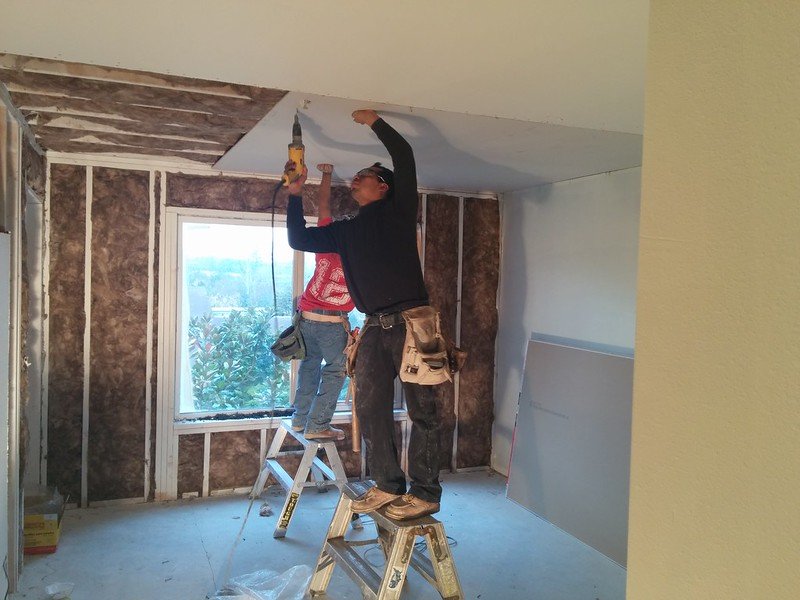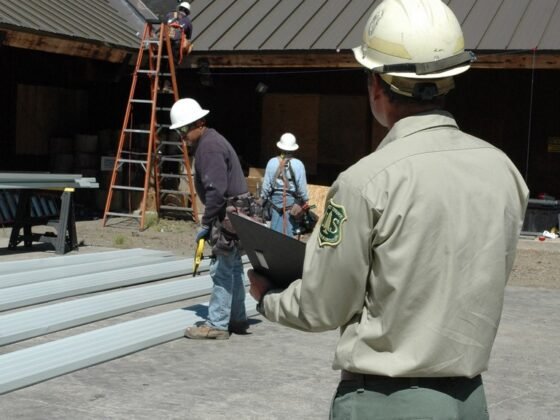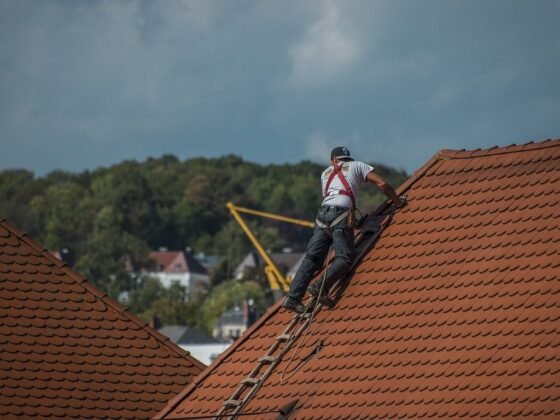Table of Contents Show
It’s raining. Your roof is leaking and your drywall is the first to get the brunt of the damage. How can you best protect your drywall? Here are some tips to help you take care of it without a major headache.

What to Do Before the Leak
A friend working at Drywall Repair Kansas City, MO suggests that if possible, make the repairs before the rain starts.
The best way to protect your drywall is to do it properly before you have a heavy downpour. Make sure all your drywall samples are protected and left in a timely manner, so they’re not exposed to water damage during the rainstorm.
Fine-tuning your drywall repair procedure will help you avoid problems down the road. You can also use some of these tips to prevent your drywall from getting damaged when you have a leaking roof:
- Waterproof your basement
- Limit roof penetrations
- Use proper flashing techniques
- Keep gutters clean and free of debris
- Inspect and replace damaged shingles or flashings
- Patch up spots before they get bigger. Drywall is cheap and easy to replace, so if you catch a leak early you can save yourself a lot of money later on.
Read Also:
What to Do After the Leak
Remove any wet drywall from your home and set it aside, protected from sunlight. Cover the walls with plastic tarps before removing any drywall that is still sound and dry. This will minimize water damage to sound wallboard from rain or snow that might fall through your roof or ceiling later on during cleanup.
Call for Repairs Immediately
If you know you have a leaky roof and the drywall gets wet, it’s best to call for repair work as soon as possible. It’s better to move quickly because, without prompt repair, mold can spread quickly. One way to tell if your drywall has been affected is if it smells musty after the rain stops.
Cleanup is Key
Once you’ve called for repair work, start cleaning up the mess as soon as possible. Remove any furnishings or other items that might be damaged by a spill of water or mold-fighting solution. It’s also important to remove excess.
Preventing Future Damage
Walls made of drywall need to be protected in order to prevent future damage. It’s important that you consider your drywall’s structural integrity when you take care of it. It may sound obvious, but it’s not always easy to keep your drywall in good shape.
Here are a few tips you can use:
Use a professional drywall contractor and make sure they do their work properly.
# Protect your Roof from the Rain with a Skylight
Drywall is porous, so moisture can get into your walls through cracks and openings. This water gets trapped by the wall until it dries out if there has been a storm or if more moisture gets caught on the wall during the day.
If this happens, you might find that your walls start to look worse than before because they now have water trapped inside them from outside sources.
This is especially true if there is any sort of mold or mildew growing inside them. You can avoid this by using skylights on your roof as these will allow more air under the material without trapping moisture in the wall itself.









